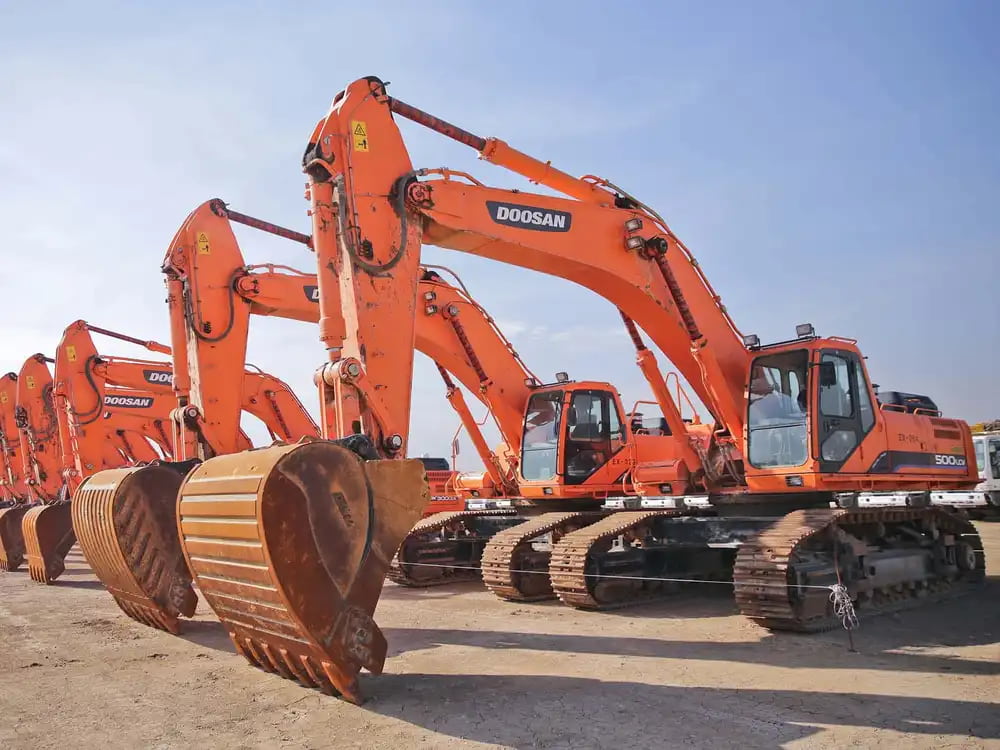A Comprehensive Guide to OSHA Safety Rules for Excavating Contractors
Introduction:
Excavating contractors play a pivotal role in shaping the landscape of construction projects, but with this role comes a significant responsibility for ensuring the safety of workers and the surrounding environment. The Occupational Safety and Health Administration (OSHA) has established stringent safety rules to guide excavating contractors in creating a secure working environment. In this blog post, we’ll explore the key OSHA safety rules for excavating contractors, emphasizing the importance of adherence to these regulations for the well-being of workers and the success of construction projects. If you are in need of a professional excavating contractor in Knoxville TN, contact us today for a free quote!
Understanding the Scope of OSHA Safety Rules:
Excavating contractors engage in a range of activities, from trenching and grading to foundation excavation. OSHA, as the regulatory authority, recognizes the potential hazards associated with these tasks and has implemented specific safety rules to mitigate risks. These rules are designed to safeguard workers from accidents, injuries, and fatalities that can occur in excavation and trenching operations.

Trenching and Excavation Standards:
OSHA has outlined detailed standards specifically focused on trenching and excavation operations (29 CFR 1926, Subpart P). These standards cover a wide array of topics, including soil classification, protective systems, access and egress, and general safety requirements. Excavating contractors must thoroughly understand and implement these standards to create a safe working environment.
Competent Person Requirement: One of the key OSHA safety rules is the designation of a competent person on the job site. A competent person is an individual with the knowledge and experience to identify existing and predictable hazards or working conditions that are hazardous, unsanitary, or dangerous to employees. This person is responsible for overseeing the safety aspects of the excavation site, including soil testing and ensuring the implementation of protective systems.
Protective Systems: OSHA requires the use of protective systems such as sloping, shoring, and shielding to prevent cave-ins during excavation activities. The choice of protective system depends on factors like soil type, depth of the trench, and environmental conditions. Excavating contractors must assess these factors and implement the appropriate protective measures accordingly.
Access and Egress: Adequate access and egress are crucial for the safety of workers in excavations. OSHA mandates that employees must not have to travel more than 25 feet laterally to access a means of egress. Additionally, ladders, steps, or ramps must be provided for trenches deeper than 4 feet, ensuring quick and safe exit in case of an emergency.
Hazardous Atmospheres: Excavation sites may encounter hazardous atmospheres, such as those with low oxygen levels or the presence of toxic gases. OSHA mandates the continuous monitoring of these atmospheres, with provisions for respiratory protection when necessary. Excavating contractors must have effective protocols in place to address and mitigate the risks associated with hazardous atmospheres.
Training and Education: OSHA emphasizes the importance of ensuring that all workers involved in excavation operations receive proper training. Excavating contractors are responsible for providing comprehensive training programs covering the recognition and avoidance of hazards, the use of protective systems, and emergency response procedures.
Implementation Challenges and Solutions:
While OSHA safety rules are comprehensive, the implementation of these regulations poses challenges for excavating contractors. Common challenges include tight project timelines, cost constraints, and varying site conditions. However, prioritizing safety is not just a regulatory requirement but also a sound business practice. Excavating contractors can address these challenges through the following strategies:
Pre-Planning: Thorough pre-planning is essential to anticipate potential hazards and establish effective safety measures. This includes conducting soil assessments, determining the appropriate protective systems, and outlining emergency response plans.
Investment in Training: Comprehensive training programs ensure that workers are well-versed in OSHA regulations and safety protocols. Investing in ongoing training not only enhances safety but also contributes to the professional development of the workforce.
Collaboration with Competent Professionals: Engaging with qualified engineers, geotechnical experts, and safety consultants can provide excavating contractors with valuable insights. Collaboration ensures that projects are approached with a multidisciplinary perspective, addressing both technical and safety considerations.
Technology Integration: The use of advanced technologies, such as 3D modeling and GPS-guided excavation equipment, enhances accuracy and efficiency while minimizing the need for workers to be in potentially hazardous areas. Technology can serve as a valuable ally in creating safer excavation practices.
Conclusion:
In the realm of excavating contractors, adherence to OSHA safety rules is not merely a regulatory obligation but a commitment to the well-being of workers and the success of construction projects. As the construction industry continues to evolve, prioritizing safety remains a cornerstone of responsible and sustainable practices. By understanding, implementing, and continuously improving safety measures, excavating contractors contribute to a culture of excellence, ensuring that each excavation site is a secure and productive space for all involved.